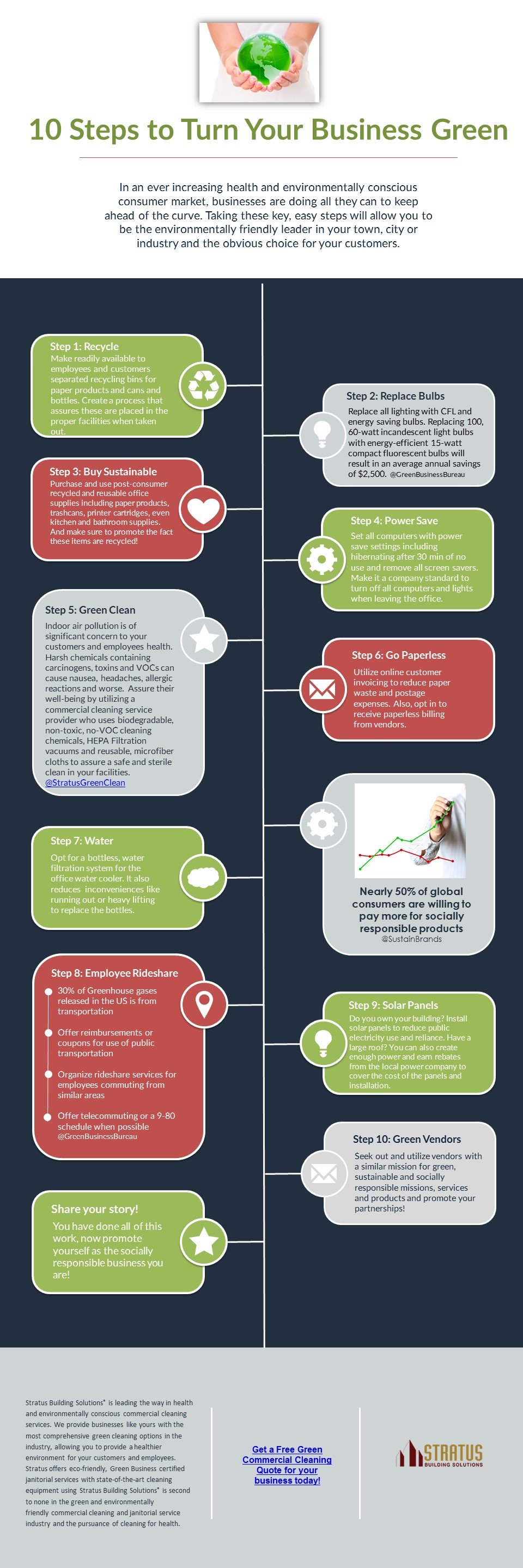Pressure Washing: Everything You Need To Know
Pressure Washing: Everything You Need To Know
Blog Article
Material Created By-Bentzen Tranberg
Did you recognize that a stress washer can clean surface areas up to 1,500 square feet in just an hour? This effectiveness makes it a preferred choice for property owners aiming to keep their properties. However, not all stress washers are created equal, and picking the appropriate type can considerably affect your results. Recognizing safety preventative measures and ideal practices is important to guarantee you finish the job effectively and without injury. So, what should you think about before you start pressure cleaning?
Kinds Of Pressure Washing Machines
When it comes to pressure cleaning, recognizing the different types of pressure washers available can make a substantial distinction in your cleaning performance.
You'll usually experience three primary types: electrical, gas, and warm water pressure washers.
Electric stress washers are ideal for light-duty tasks, such as washing cars or cleansing patios. They're quieter, simpler to make use of, and ideal for smaller sized work around your home.
If you need more power for harder work, gas stress washers are the method to go. They're much more effective and can handle durable jobs like removing paint or cleaning large driveways. Nevertheless, they require even more maintenance and can be a little bit louder.
For those actually difficult tasks, warm water pressure washing machines supply the best cleansing power. They heat up the water, making it efficient for getting rid of grease and oil discolorations. These are normally used in commercial settings yet can be helpful for household users dealing with hard cleansing projects.
Selecting the best type of pressure washer for your demands will assist you save time and effort, guaranteeing you get the job done effectively.
Safety and security Measures
Prior to diving right into your stress cleaning job, it's critical to focus on safety preventative measures to protect yourself and your surroundings. Initially, wear proper equipment, including safety and security goggles, gloves, and non-slip footwear. These products will secure you from debris and high-pressure water.
Next off, be mindful of your equipment. Examine the stress washer for any leaks or problems before use. Ensure all links are limited, and always comply with the manufacturer's guidelines regarding procedure and maintenance.
When collaborating with chemicals, ensure you're in a well-ventilated area and use a mask to stay clear of inhaling unsafe fumes. Keep a first aid set close by for any type of small injuries that may occur during the project.
Keep in mind to keep a risk-free range from electrical outlets, high-voltage line, and other potential risks. Beware of unsafe surface areas, especially when using water on pathways or driveways.
Finally, avoid aiming the nozzle at people, animals, or fragile surfaces. By following these safety preventative measures, you'll develop a more secure workplace and minimize the threat of accidents or injuries while stress washing.
Keep sharp, and do not hurry your project!
Best Practices for Stress Washing
Among the most effective techniques for stress washing is to start with an extensive analysis of the surface you'll be cleansing. Look for any damages, loose materials, or locations that need unique care. This will certainly aid you change your pressure and technique accordingly.
Next, pick the appropriate nozzle and stress setting for the task. A wide-angle nozzle is wonderful for delicate surfaces, while a slim one functions well for tougher spots. Constantly begin with the most affordable stress and progressively increase it if needed.
Before you start, clear the area of any type of obstacles and shield plants, home windows, and other surface areas that could be damaged by the spray.
When cleaning, maintain the nozzle at a consistent range from the surface, and utilize sweeping movements to avoid touches. Work from top to bottom to make sure that dirt and particles fall away as you cleanse.
Lastly, rinse the location extensively to eliminate any kind of soap or cleansing solution residues. After you're done, examine your job to ensure you really did not miss out on any places.
Following these best practices will aid you attain the most effective results while extending the life of your surface areas.
roof repair austin tx
To conclude, pressure cleaning can transform your exterior areas, restore surface areas, and save you time. Keep in visit my web page to choose the best type of washer for your demands, focus on safety by putting on safety gear, and follow ideal techniques for effective cleaning. By evaluating surfaces, choosing ideal nozzles, and keeping your devices, you'll guarantee a successful stress cleaning experience. So get ready, get cleaning, and enjoy the satisfaction of a work well done!
